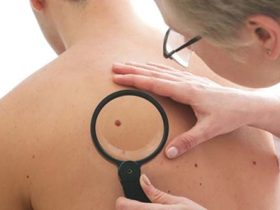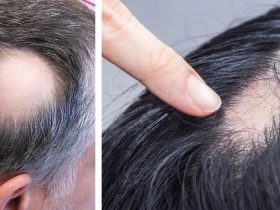Motor vehicle accidents create complex injury patterns that often remain hidden immediately following the collision incident. Adrenaline and shock mask pain symptoms during the initial hours, allowing soft tissue damage to worsen without proper recognition or treatment. Many collision victims dismiss minor discomfort only to develop chronic conditions weeks later when untreated injuries create compensatory movement patterns. Early intervention prevents acute injuries from becoming long-term disabilities requiring extensive rehabilitation. A thorough evaluation by a qualified Chiropractor provides comprehensive assessment and treatment planning for accident-related injuries.
- Hidden injury identification
Whiplash injuries frequently occur without obvious external signs, making professional evaluation crucial for identifying spinal damage that may not manifest symptoms immediately. Soft tissue trauma develops gradually as inflammation increases and muscle spasms affect standard movement patterns. X-rays often fail to reveal ligament sprains, muscle strains, or disc injuries that cause lasting pain and mobility restrictions. Professional examination includes orthopaedic and neurological testing, identifying subtle dysfunction patterns missed by standard diagnostic imaging. Range of motion assessment reveals restrictions that indicate tissue damage requiring intervention before permanent changes occur.
- Inflammation management approaches
Post-accident inflammation serves protective purposes initially, but can become problematic when it persists beyond normal healing timeframes. Spinal manipulation helps reduce inflammatory responses by improving circulation and promoting natural healing. Manual therapy techniques address swelling in joints and surrounding tissues that contribute to pain and stiffness. Cold therapy application during acute phases reduces initial inflammatory responses while heat therapy later promotes circulation and healing. Activity modification prevents re-injury while maintaining the mobility necessary for recovery. Gentle movement exercises avoid scar tissue formation that could limit future range of motion.
- Spinal alignment restoration
Vehicle impacts often create misalignments in spinal segments, altering normal biomechanics and creating ongoing pain patterns. These subluxations interfere with proper joint function and nerve communication throughout the body. Manual adjustments restore proper vertebral positioning and improve overall spinal mechanics. Corrected alignment reduces abnormal stress on muscles, ligaments, and discs that developed compensatory patterns following the accident. Improved joint function allows natural healing processes to work more efficiently. Restored nervous system communication enhances the body’s coordination of recovery efforts across all affected tissues.
- Movement pattern retraining
Accident injuries often alter movement patterns as the body attempts to protect damaged tissues from further harm. These compensatory patterns can become habitual even after tissues heal, leading to chronic pain and dysfunction. Corrective exercise programs retrain proper movement mechanics and restore standard functional patterns. Postural rehabilitation addresses forward head posture, rounded shoulders, and other alignment changes that develop following neck and back injuries. Coordination exercises improve neuromuscular control and prevent future injury occurrence. Balance training addresses vestibular disruptions that sometimes accompany head and neck trauma from vehicle accidents.
- Recovery timeline optimization
Individual recovery rates vary based on age, pre-existing conditions, accident severity, and treatment compliance factors. Early intervention produces faster healing and better long-term outcomes than delayed treatment approaches. Consistent care prevents acute conditions from developing into chronic pain syndromes requiring more extensive intervention. Regular progress monitoring allows treatment plan modifications based on healing responses and functional improvements. Gradual activity increases prevent setbacks while promoting tissue adaptation. Patient education about home care techniques supports professional treatment and accelerates recovery timelines.
The chiropractic care addresses the complex nature of car accident injuries by combining manual therapy, rehabilitation exercises, and lifestyle modifications. This integrated approach promotes optimal healing while preventing the development of chronic conditions that could impact long-term quality of life and functional capacity.









